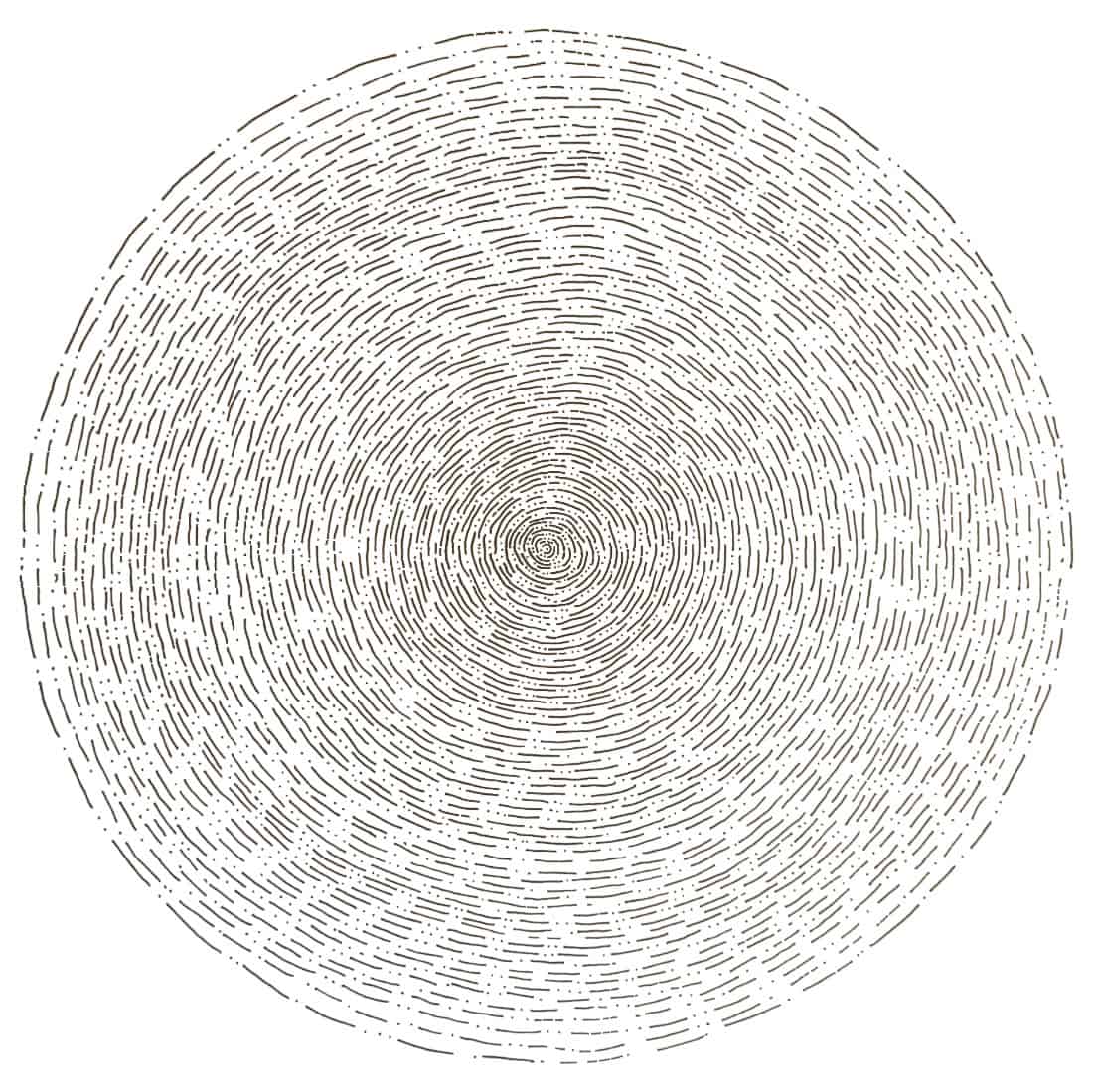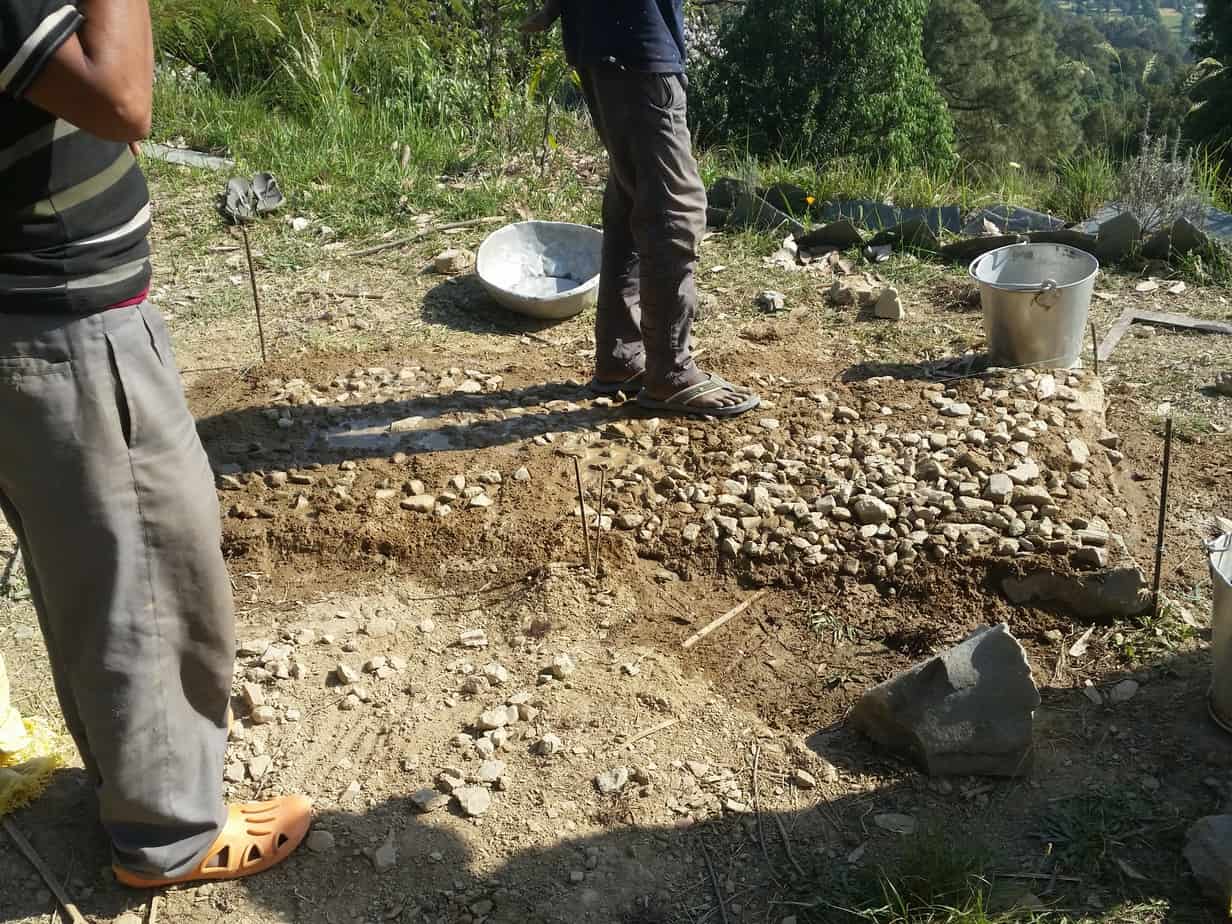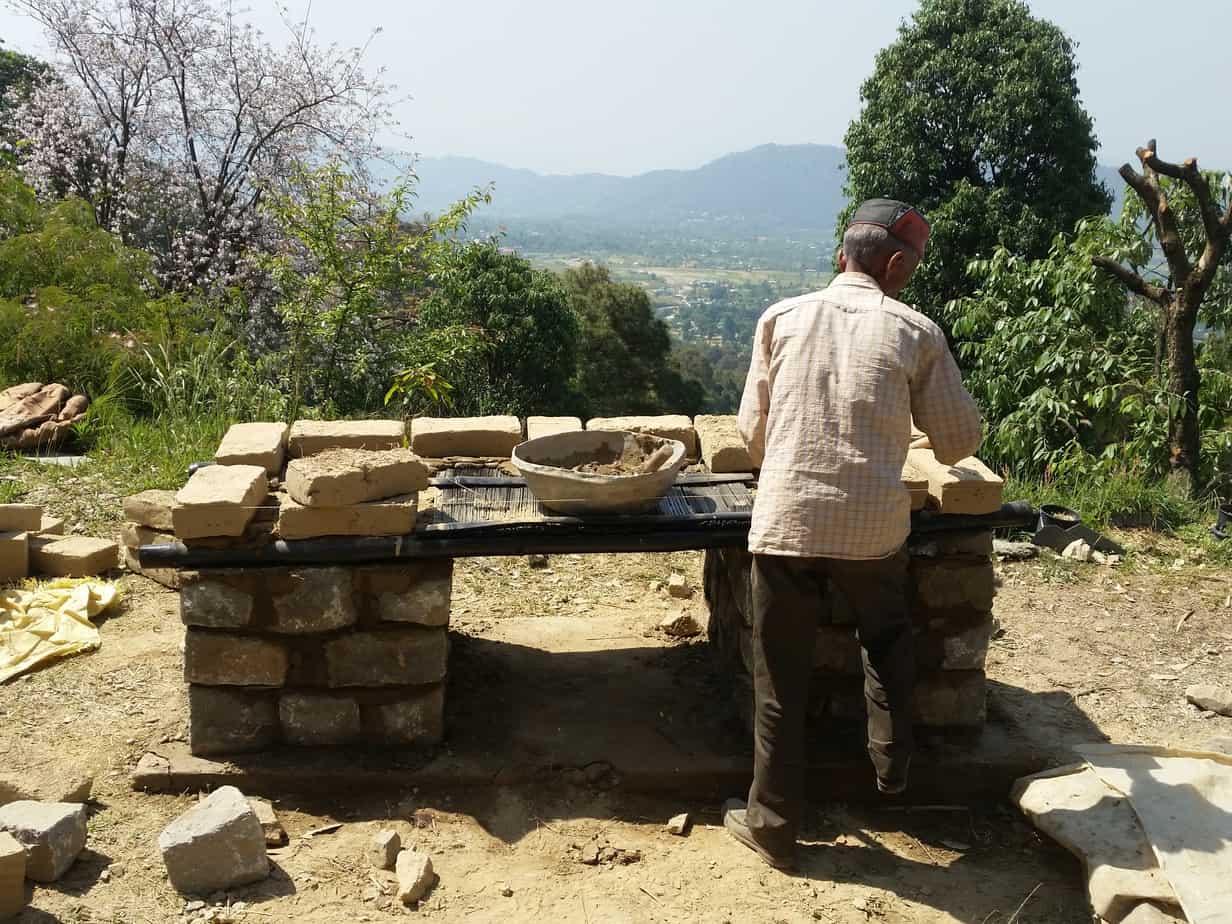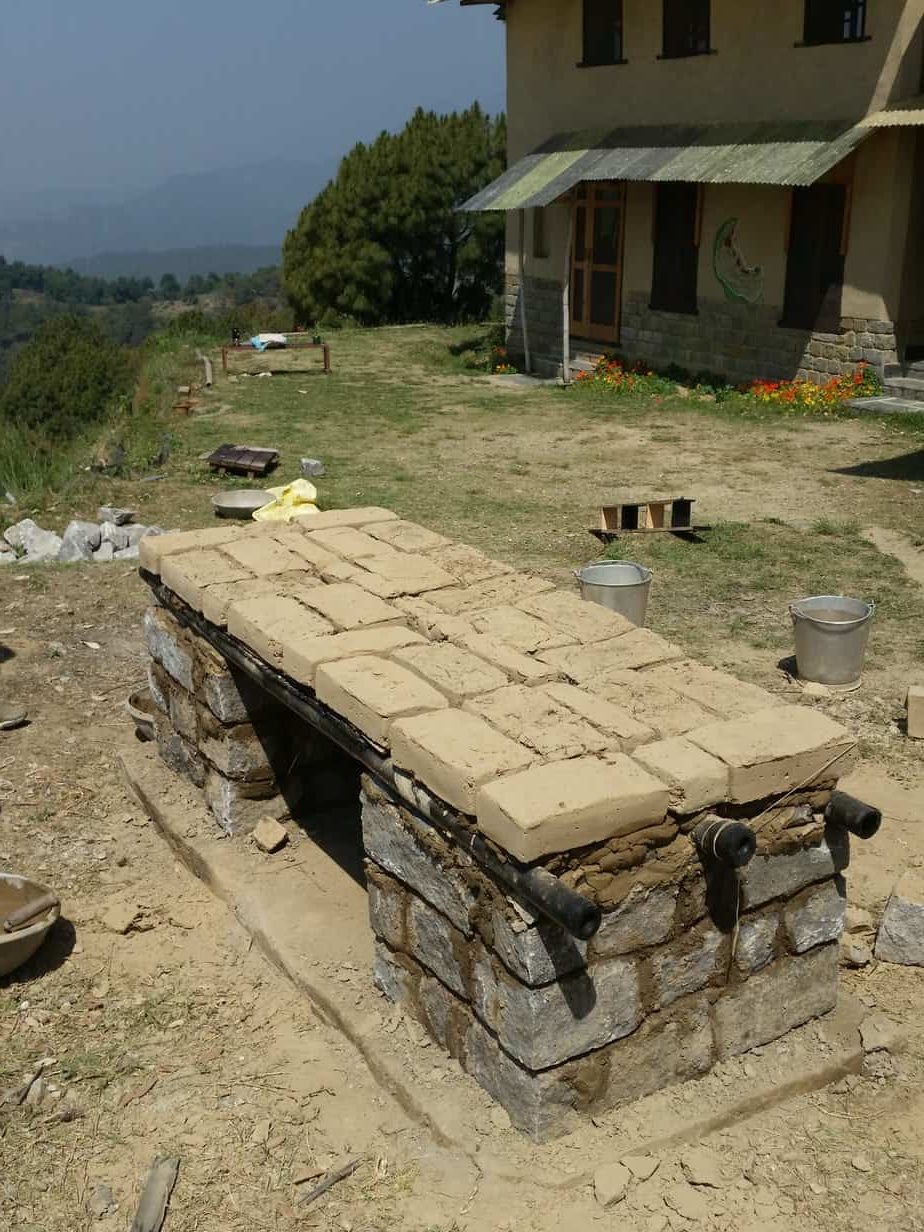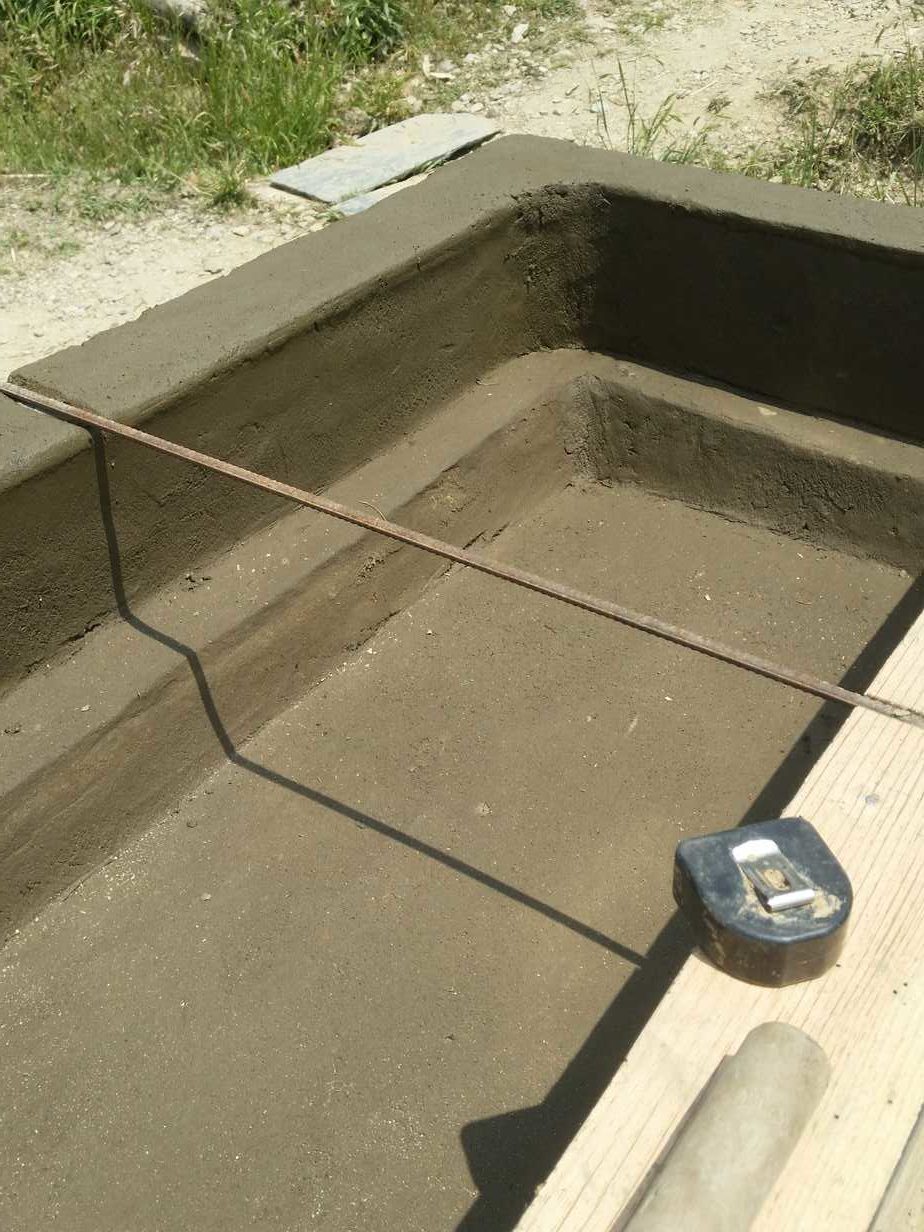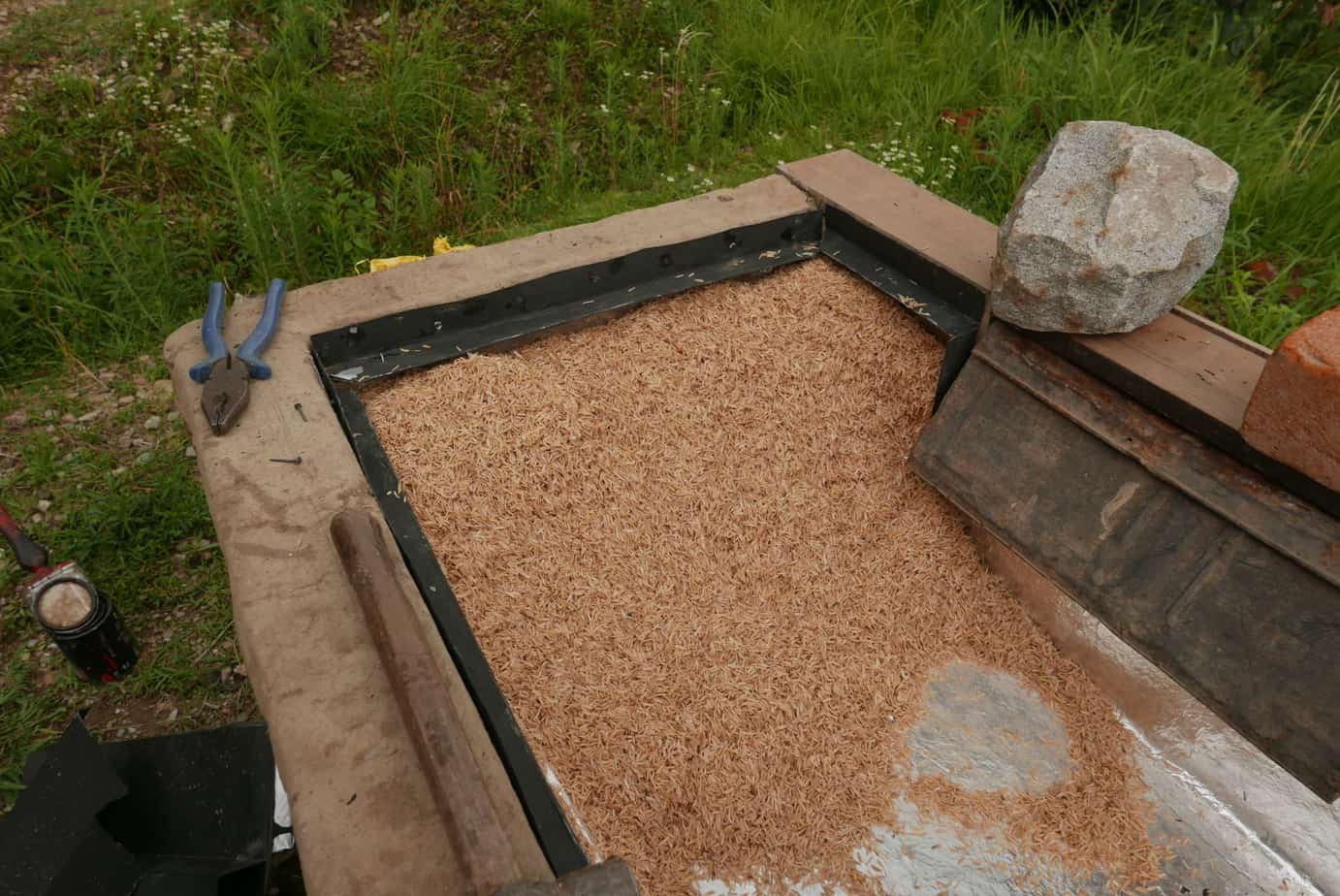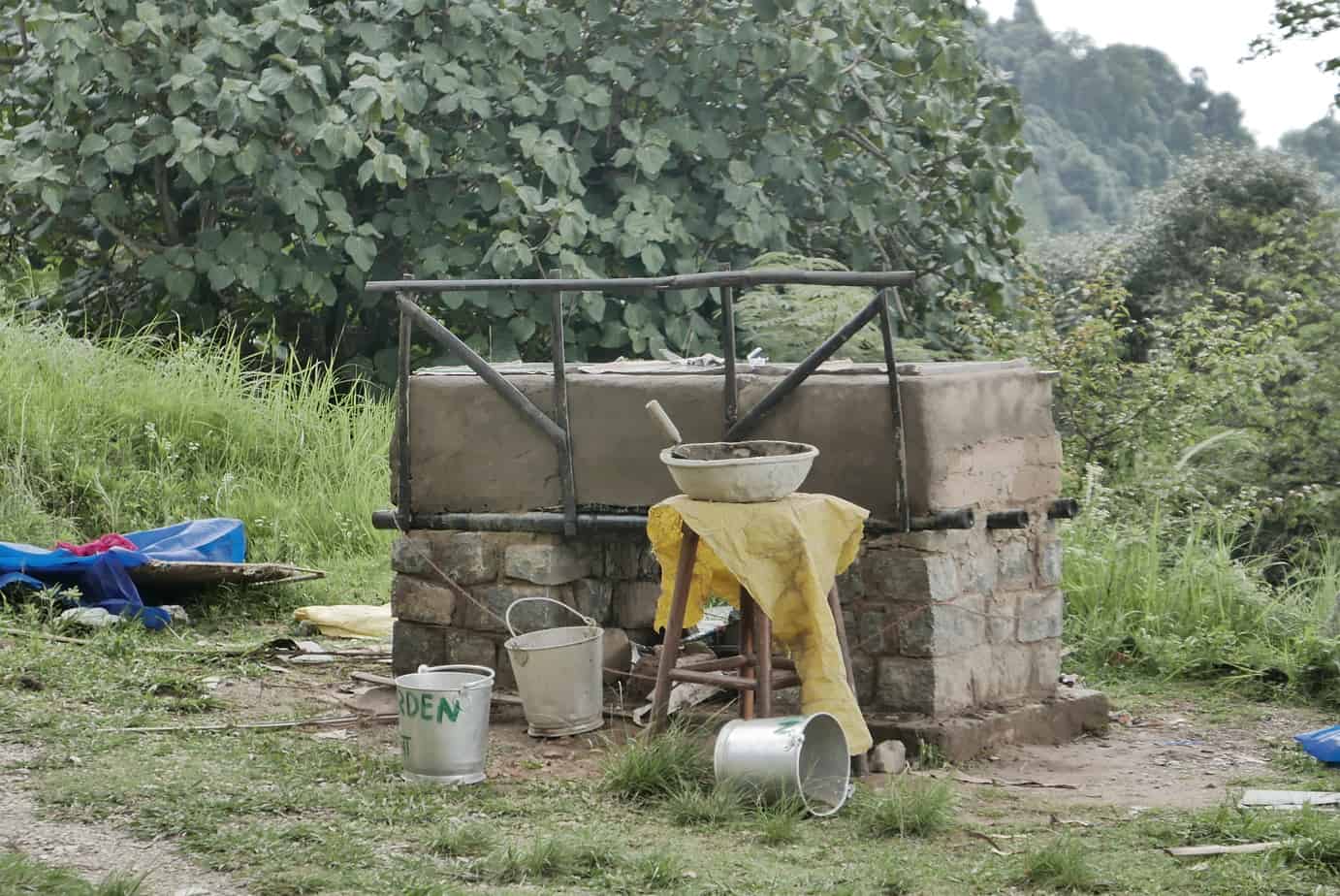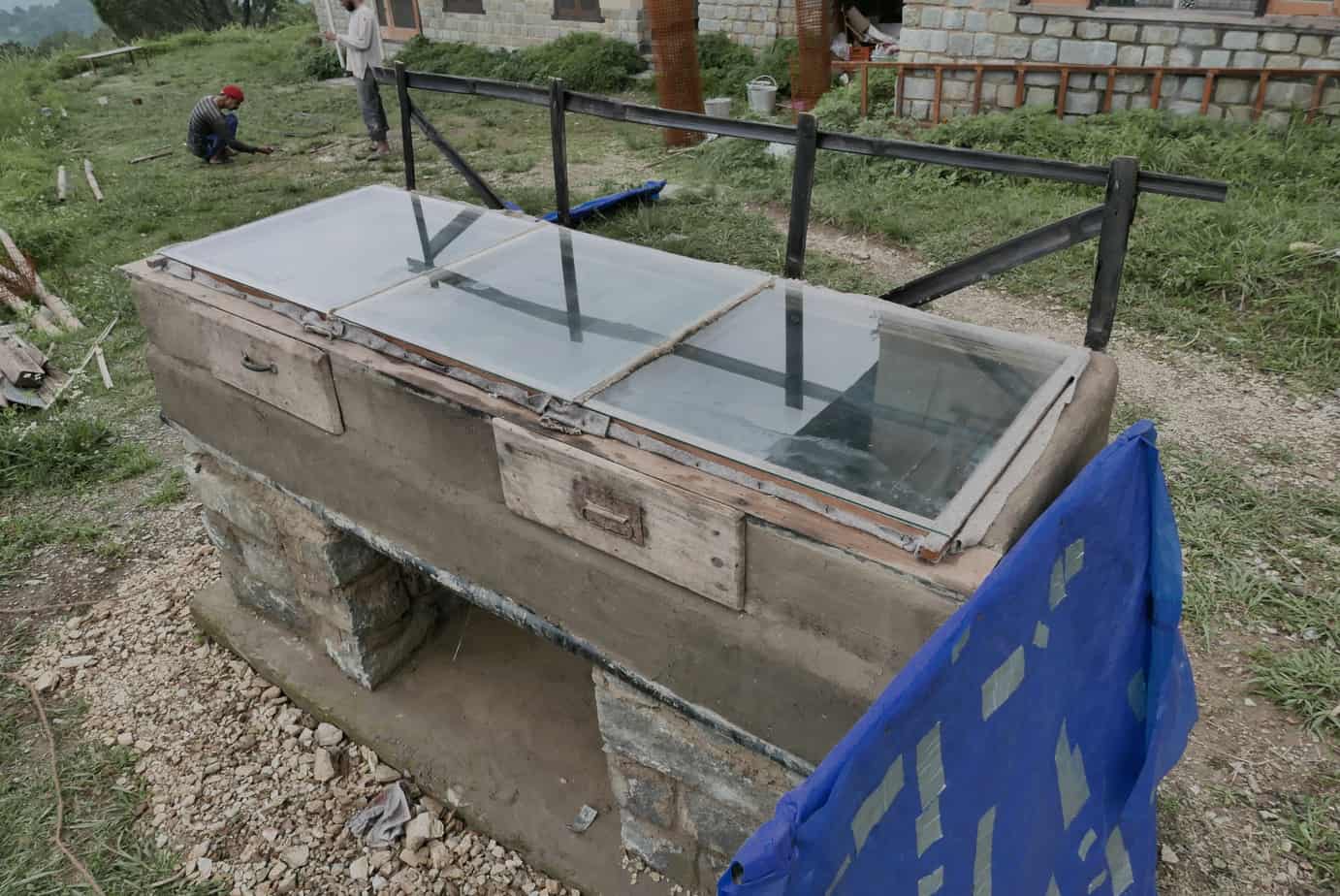solar cooker
Cooking with fire is arguably what separates us humans from the majority of animals. Through fire, food is transformed becoming easier to digest, more palatable and leaves us with a glow of satisfaction in our bellies and beings. On the flip side, our direct use of fire has caused unbelievable destruction on the planet, and the energy released through fire in engines has been a tool to rapidly increase this rate of destruction. For millennia fire has been at the centre of the community and a powerful symbol in ritual. To be around fire feels safe, it gives light to the shadows and can be used to scare away the beasts of the night. Though has our fear of the wild, the separation between us and everything other than human lead to having less reverence for this powerful archetypal energy and use it to have power over each other and everything. Is it in this fear that we harness fire to unconsciously justify our destruction of the natural world?
How can we reimagine our relationship with fire? How can we re-enter into a relationship with fire with a reverence that leads us to have a respect for all of life?
I am grateful to have had such an experience whilst working at Dharmalaya in 2017. Before this project, I had never really felt a need to think about fire deeply in these ways. Fire transforms, and in building an oven that uses the suns rays to cook with, I was transformed in the process.
The construction of this solar cooker was a collaboration between interns, local artisans and Didi Contractor who dreamed up the principles of this particular design. This solar cooker is oriented south to maximise the capture of the suns rays through the day. The body of the oven is made from adobe which sits on bamboo beams that span two stone piers that sit on a rubble foundation. The adobe is plastered with an earthen plaster inside and out, with linseed oil mixed into the mix of the final exterior coat. To reduce the chances of stones expanding and cracking in the heat the adobe and plaster was sifted leaving only the clay, silt and very small stones. The oven has two drawers which open on the southern side that is made from repurposed timber. The draws are deep and are insulated with rice husks. The oven is topped with two fixed layers of glass which are separated with timber battens wrapped in pure wool to stop cracking as the glass expands. Inside there is a flat-based suspended steel tray that is sloped up to the top of the four sides. This steel is painted black to increase solar absorption and is shaped in that manner to maximise the amount of insulation in the oven. To insulate we used rice husks. The majority of the materials were of low impact and came directly from the site, with the exception of the glass and steel coming from the market.
The solar cooker works by trapping the suns heat inside the oven and slowly heats and cooks the food at an optimal temperature. It is impossible to burn food unless oil is added. In the height of summer full meals can be prepared in the morning ready for lunch or dinner. This slower way of cooking is very different from what we are normally used to, though I can assure you the food tastes delicious and far less harm is done to the environment. In this area, firewood is a scarcely found locally as it is in high demand, and the government took ownership of the native forest to create pine plantations which had an immediate effect on the villager’s livelihoods and way of life. They are now dependent on gas which has to be bought from the town and carried up. The creation of the solar cooker will decrease the institute’s reliance on fossil fuels through making use of a free and abundant resource, though of course only when the sun is blessing us. This was mind rattling for me that such a low impact and appropriate technology could be used to cook food without any fire and pollution. The experience of making this oven simultaneously expanded my worldview whilst embedding me locally in time and place. Completing it and eating the first meal (chocolate cake) was a very proud moment.
